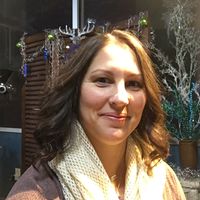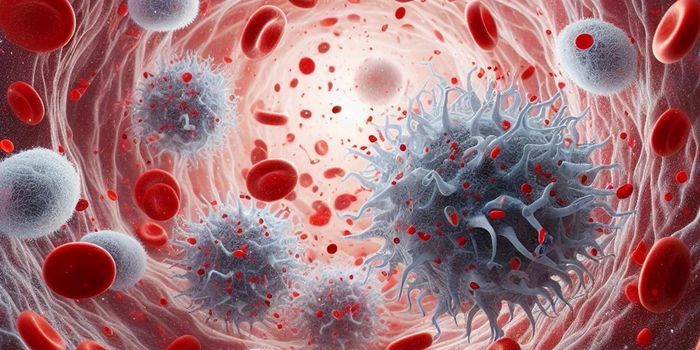Computational Oncology is a semi-new phrase that is beginning to gain speed in medicine. It may be surprising to some to find out that there are full departments being created at large medical institutions across the globe titled as such. Institutions like Memorial Sloan Kettering, University of Texas, Dana-Farber Cancer Institute, MD Anderson, DKFZ German Cancer Research Center, and more have departments in this area. Upon deeper examination, this two-word phrase evokes a full sense of the complexity surrounding healthcare, particularly the realm of oncology. It speaks to the growth of the industry and expansion of medicine into a more multidisciplinary space.
More and more time, energy, effort, and resources are being spent on determining how cancer develops and can then be eradicated from the body long term. As with anything, the more information gained, the better chances of creating lasting solutions. Computational oncology focuses on the molecular aspects of cancer and utilizes mathematics and computational models to organize tumor growth pathways, tumor biology, bioinformatics, tumor marker profiles, and to develop predictive models for treatments based on all of this information. Researcher Alan Lefor (Japanese Journal of Clinical Oncology) wrote that computational biology forges a new connection between oncology and the physical sciences.
Computational oncology utilizes computer models for population screening, individual cancer cell modeling, and to develop tumor marker analytics useful in the area of precision medicine. This information contributes to the predictability that certain pharmaceuticals or therapeutic approaches will provide long term solutions to disease in an individual with cancer.
For many years, and in some cases still today, cancer treatment approaches have not advanced beyond the “broad brush” application for most individuals diagnosed. Where molecular markers are unknown or less helpful in identifying specific reasons why some approaches work for one patient and not for another.
Next generation sequencing (NGS) has provided so much data about our genome in healthy and diseased cells; computational oncology departments can take that data and categorize it into a database from which clinicians and researchers can more seamlessly utilize to benefit patients.
Some departments look for individuals with skill sets in either computer science or laboratory science to manage both aspects of this new area of medicine. Ideally, candidates for positions in these departments would have expertise, education, or experience in both. There are more education programs, both undergraduate and graduate, in computational biology, bioinformatics, or a combination of computational biology and quantitative genetics at schools including Harvard, Cornell, Baylor, Loyola, Marquette, Stanford, Emory, and many state University schools as well.
This is a growing field for educators, scientists, and clinicians; together, this work will expand our knowledge and capabilities in reducing the burden of cancer worldwide which, according to the International Agency for Research on Cancer, is expected to see 23.6 million new cases of cancer per year by 2030 compared to 14.1 million new cases in 2012.
Sources: Nature Reviews Clinical Oncology, Gene, Japanese Journal of Clinical Oncology, International Agency for Research on Cancer









